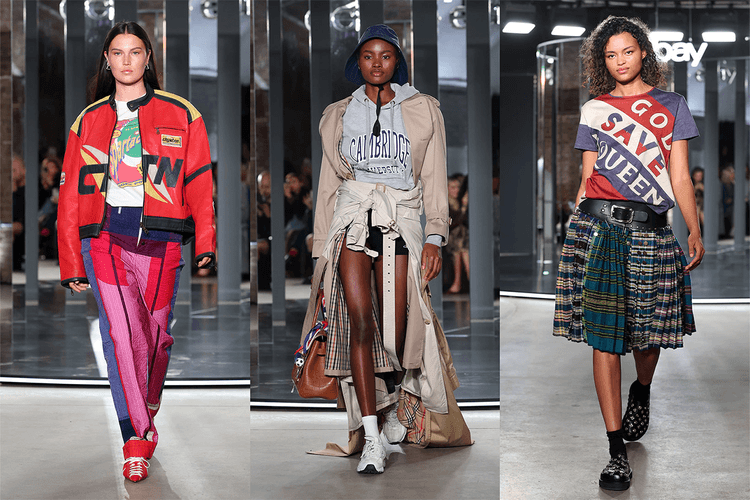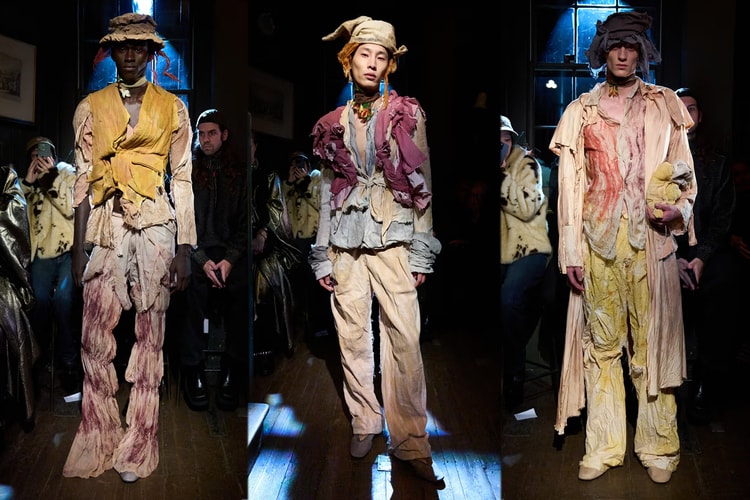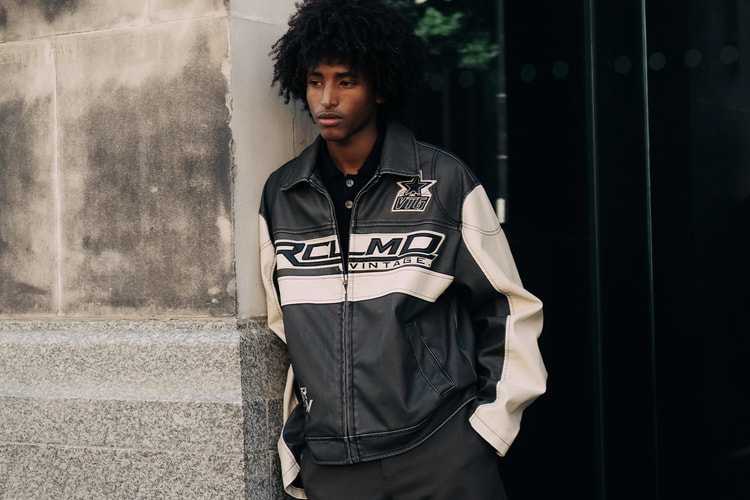London Fashion Week Men's: maharishi's Hardy Blechman on The Changing Face of the Fashion Industry
Time out with the “see now buy now” pioneer.










Last June, in a radical decision that could shape the way the fashion industry evolves, maharishi founder Hardy Blechman delayed the launch of his label’s spring/summer collection by six months, instead choosing to present it at London Fashion Week Men’, with pieces available to buy in the days immediately after last weekend’s show.
Although other labels have been slow to follow his lead, the “see now, buy now” phenomenon is on the rise in a move that means consumers won’t have to wait six months to get hold of the latest looks. Which, in the case of maharishi’s 2017 Spring/Summer output, take the form of a vibrant collection influenced by north African clothing and boasting a rich palette of ochre, terracotta and jet-black coltan. Sent down the runway to a lively African-inspired soundtrack by north-London producer (and Frank Ocean collaborator) Vegyn, the new collection proved one of LFWM’s undisputed highlights.
We caught up with Blechman backstage while he sat for a post-show haircut with his lead hairstylist (“this guy is the master so I thought I’d seize the moment,” he says) to quiz him on his new-season collection and the part he’s playing in a menswear revolution.
How did the timeline for this collection differ to any other?
This was the strangest show in that regard — it took the regular four or five months to create the collection, which was finished in June 2016. Normally we’d show in June 2016 but for the first time we skipped last season and held this collection back six months and we deliver it this week. Some parts of the industry have begun to think in the same way I’ve been thinking for a long time about the logic in promoting clothing that isn’t available for six months, given that nowadays the consumer sees everything immediately. I think it makes more sense and from now on that’s the way we’re going to do it.
How has the industry reacted?
I think this approach will increase and will become the norm in the future. There are mixed opinions within the industry at the moment and the perception is different depending on where you are in the industry. Some senior buyers have been pessimistic on the effect they see it having on creativity by putting to much pressure on designers but I think this is unfounded — it’s just a different day you show the public. For maharishi it makes no difference.
And how do you see it affecting fans of the brand?
I’ll be able to tell you in about a week! I think it’s interesting that you’ll be able to go to the store tomorrow and buy some of the collection. We’ll then have a drop every week for the next three months.
Tell me about this season’s ”Tour of Africa” theme.
It started with the Vietnam War in the 1960s, which was a symbolic war and the first to be screened on TV. It was also one of the first wars where people brought back souvenir “tour jackets”, which was one of our first inspirations: the tiger-stripe pattern within this collection was the US pattern for the Vietnam War and the naive map embroidery is symbolic of the Vietnamese tour jacket. For this collection, the tour is of Africa and references the news that the Chinese have opened an army base within Djibouti, following on from the Americans, the French and the Japanese. More than one percent of the population in Djibouti is currently foreign soldiers, said to be there to stabilise the region. The second reference point are the civil wars in the region that have been displacing people in a race to mine its coltan resources.
How did you integrate traditional African garments into the collection?
The djellaba is a typical hooded sweat with an oversized pointed hood and long tassels. Once I’ve got a theme for a collection, a standard part of the research and development for me is to start looking at clothing from the region. The djellaba is one of the most characterful things worn in north Africa and it’s very typical in Djibouti.
How did you compose the show’s characterful soundtrack?
Africa was inevitably a massive influence on the soundtrack and the guy who worked on it is called Vegyn. He’s done the last four shows but he’s blown up recently after feature slots on Frank Ocean’s last two albums so were lucky he still comes to see us. One of the most interesting artists on the soundtrack, given the theme is Emmanuel Jal, who was a child soldier in Africa who then started making music so that one is really important. Following a trip to the Congo, I created the album cover for a project called DRC Music with Damon Albarn and there are some tracks from that on the soundtrack, too — it was on that trip with Oxfam where I first became aware of this coltan issue, which has formed a massive part of the inspiration for this collection.
Click here for all our London Fashion Week Men’s coverage.

















